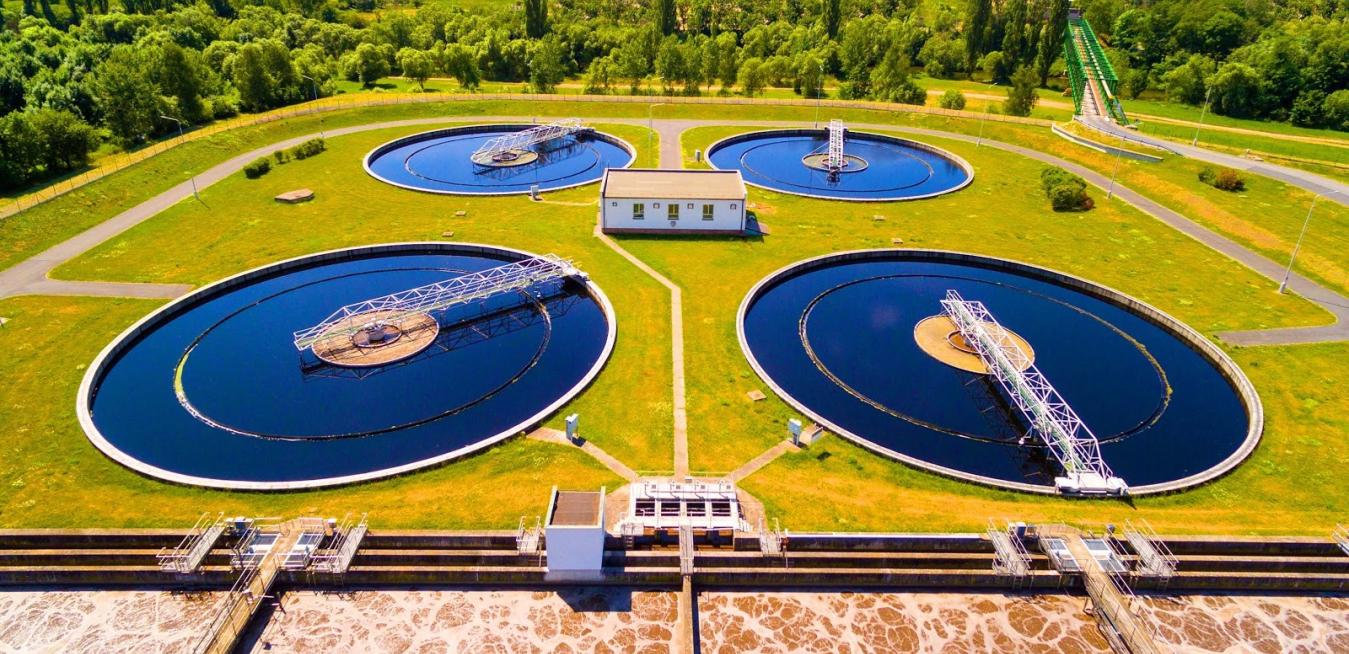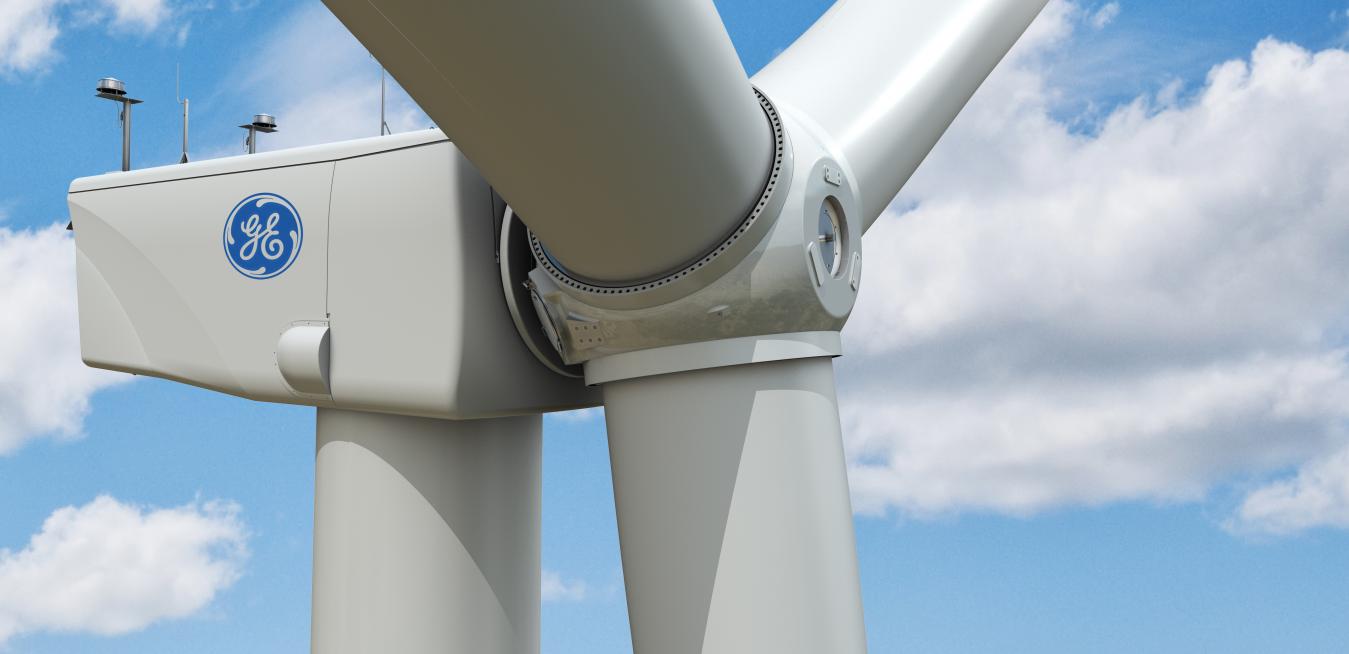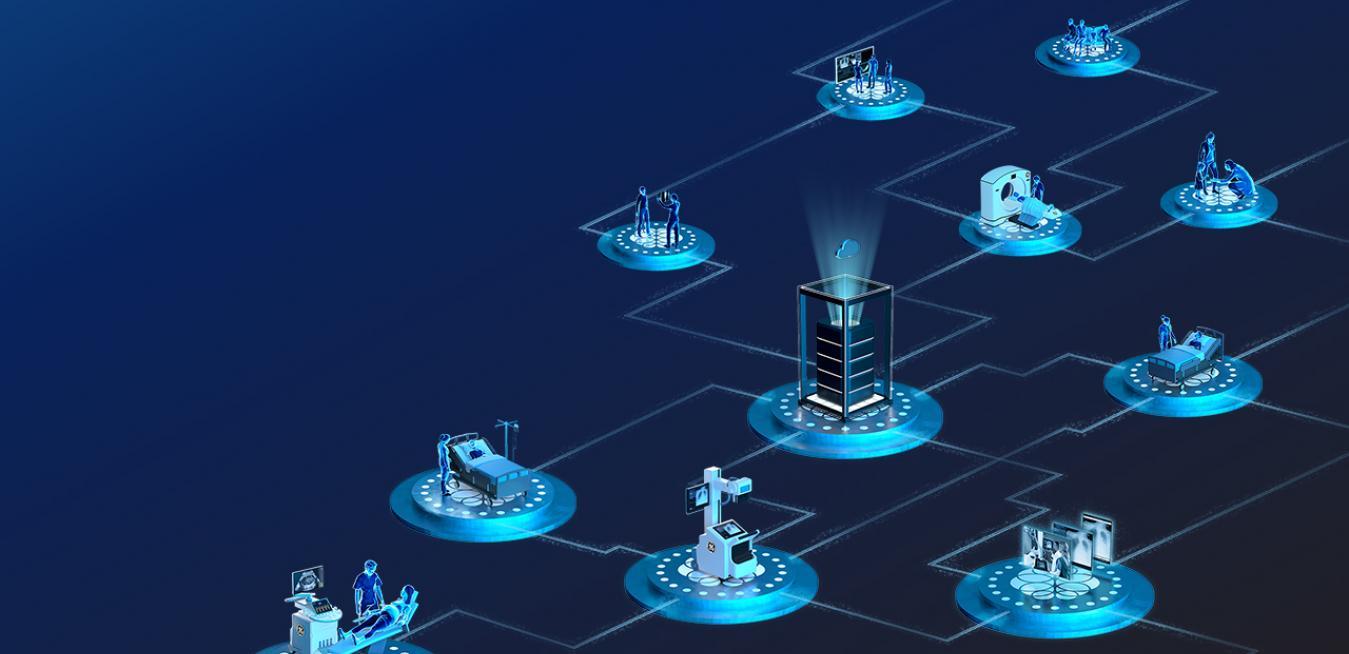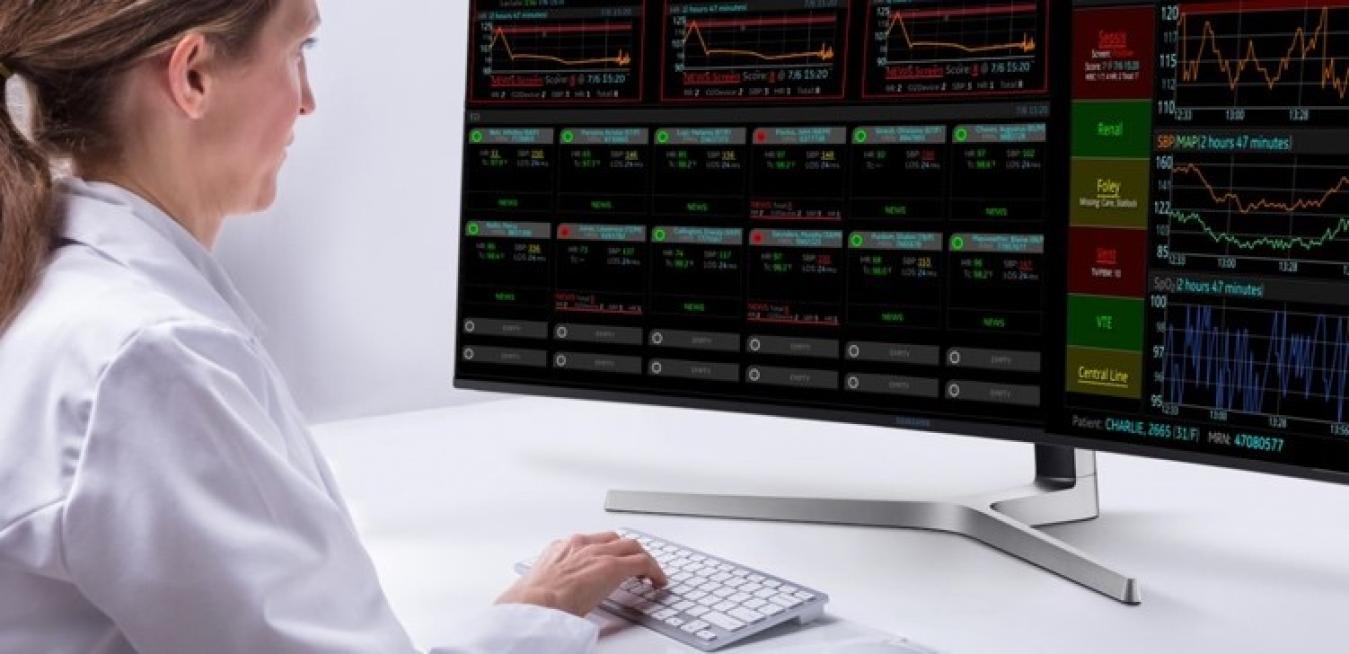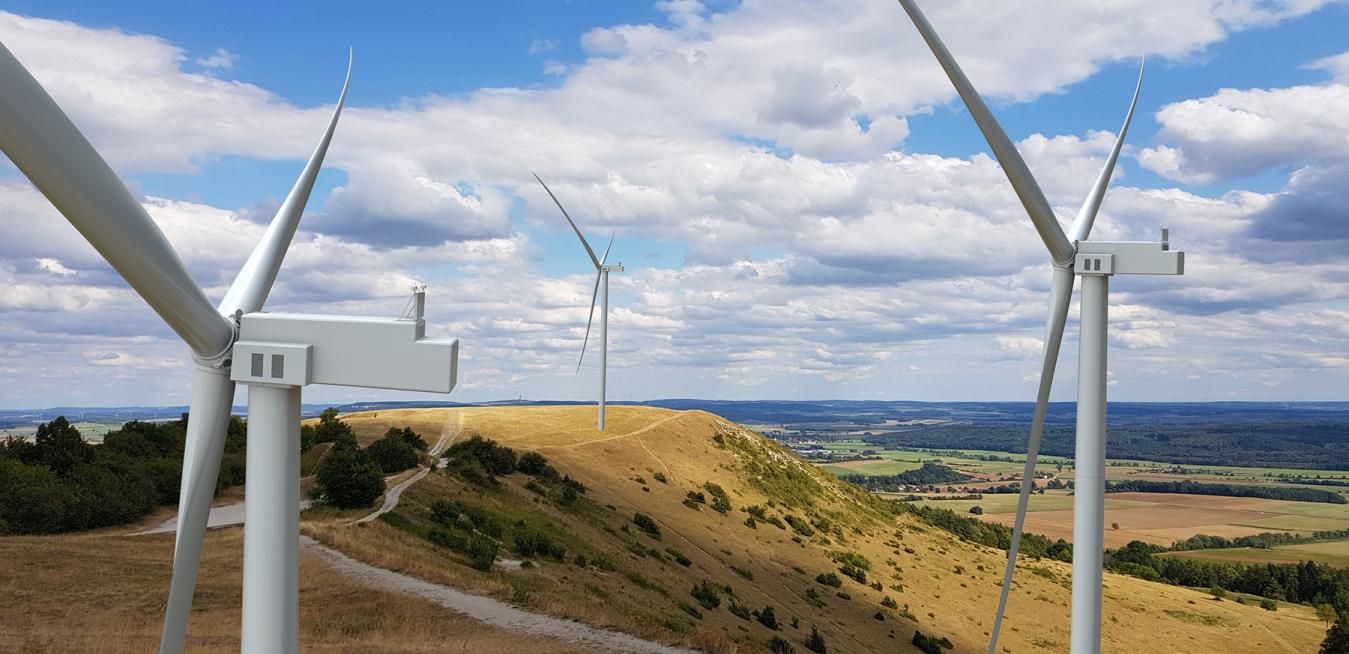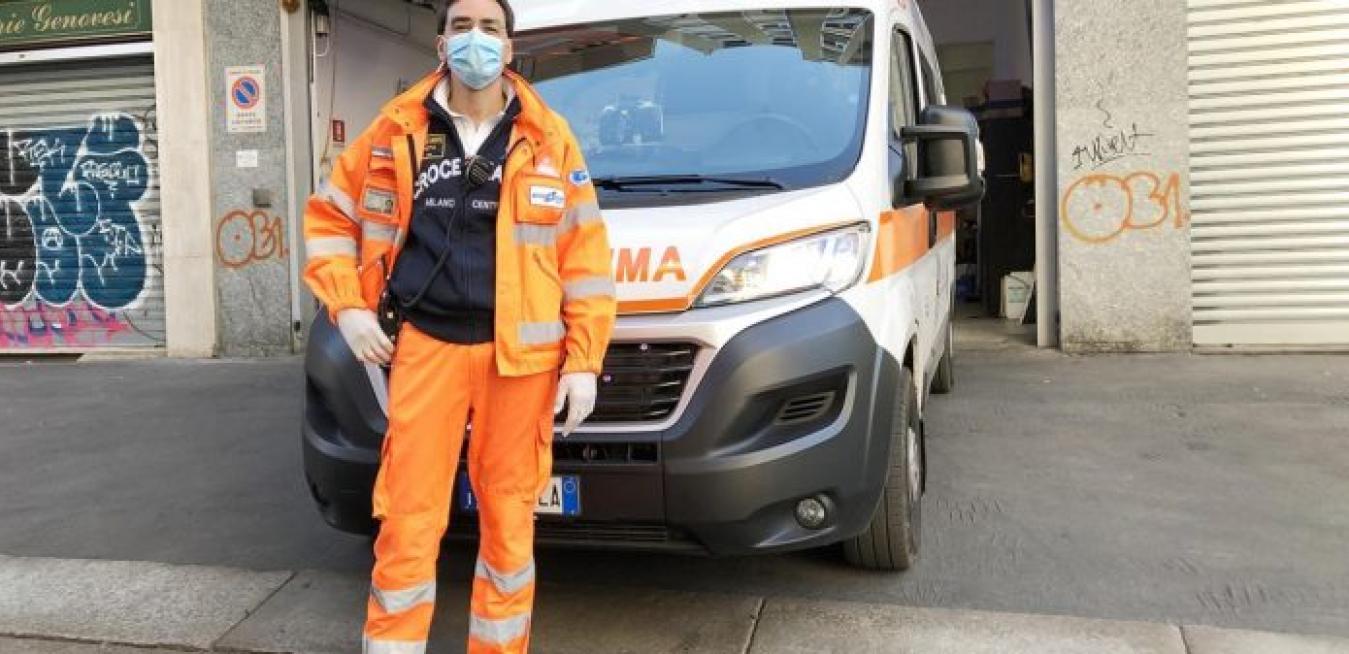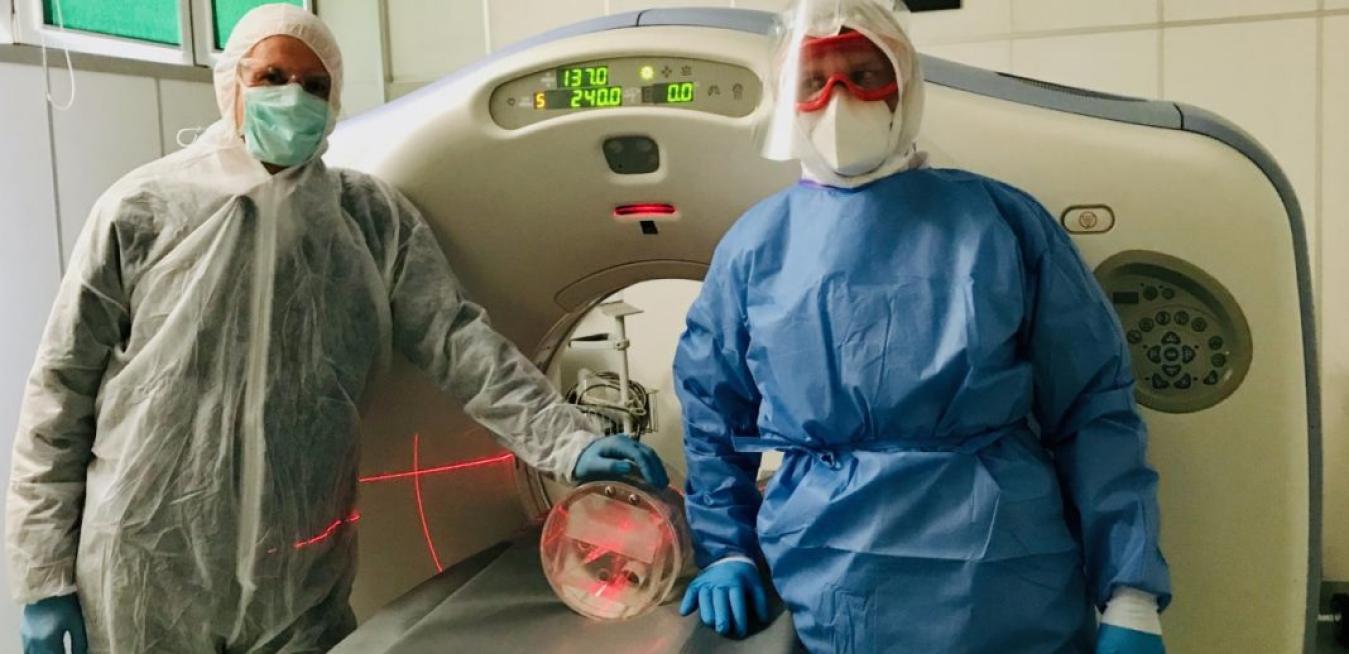News and insights from Vietnam

In the future, human can travel to Mars and beyond by a fusion rocket or wastewater can be upcycled to produce hydrogen? The impossible ideas become possible. Don’t miss out the 5 coolest things on Earth this month.

- Contract includes supply and installation of 15 units of its 4MW-137 wind turbines and 10-year full service O&M agreement
- Cau Dat Wind Farm will be the first wind farm in Lâm Đồng Province in Vietnam.
Hanoi, Vietnam – 23 February, 2021 – GE Renewable Energy announced that it has been a awarded contract by Ocean Renewable Energy Joint Stock Company to supply a total of 15 of GE’s 4MW-137 wind turbines to support construction of the Cau Dat Wind Farm, the first wind farm in Lâm Đồng
Reporting GE’s year-end and fourth-quarter results for 2020 today, GE Chairman and CEO Larry Culp said the company delivered “significantly improved” profitability and cash performance in a difficult year. “We are in leading positions to capture opportunities in the energy transition, precision health, and the future of flight,” Culp said. “As we continue our transformation, we remain focused on strengthening GE and delivering value for the long term.”
Many doctors and industry experts agree that artificial intelligence-assisted medicine will change healthcare.
Published by Kieran Murphy - President and CEO at GE Healthcare
COVID-19 forced change in nearly every aspect of the way healthcare is delivered. What it didn’t change is the necessity - and our ability - to innovate.
Unlike many newborns, little Shriyan couldn’t spend much time with his mom in the delivery room. Doctors at the Amrita Institute of Medical Sciences in Kerala, India, rushed the critically ill boy to an operating room, where a surgeon was waiting to perform a lifesaving cardiac procedure to correct a rare but fatal heart defect. The doctors taking care of Shriyan didn’t have a crystal ball to know that he needed help. They had something more powerful: prenatal cardiac ultrasound, also known as fetal echocardiography.
As the world confronted the COVID-19 pandemic in 2020, the sudden economic slowdown had a profound impact on global energy demand. Even as we continue to tackle the changes the past year has brought, the impact on energy offered a dramatic reminder of the enormous challenge that climate change represents. Much like COVID-19, the warming planet will both impact the whole world and require action from the whole world. As a result, the consensus around the need to take swift global action toward decarbonization has only grown.
The coronavirus pandemic was first and foremost a healthcare crisis, but it touched every corner of the world and every sector of the economy — and drew millions of people together in the effort to turn the tide. Across GE, factories ramped up to manufacture ventilators and patient monitors needed in clinical settings to treat patients suffering from COVID-19; technicians found themselves driving halfway across the U.S.
Even as COVID-19 closed borders and offices this year, Pawel Kazior continued to crisscross Poland, traveling weekly from his home in Gdansk, a port on the Baltic Sea, to train people to use GE Healthcare’s computed tomography (CT) medical imaging equipment. As a CT education specialist and a former doctor, Kazior knew the machines could help clinicians quickly visualize conditions associated with serious illnesses like COVID-19.





